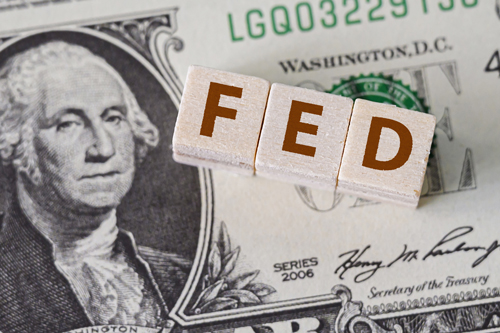Markets Talking About Jackson

Last Week In Review: Markets Talking About Jackson

This past week, the Jackson Hole Economic Symposium took place. This annual event which started back in 1981 is attended by central bankers, finance ministers, and other officials from around the globe, to discuss and deliver speeches on important economic issues facing worldwide economies.
History has shown this event to deliver market-moving comments and major Fed policy announcements. And this past Thursday, the event didn’t disappoint.
Fed Announced Big Changes at Jackson Hole
First, let’s remember the Fed’s role. The Fed has a dual mandate of promoting maximum employment and price stability. Currently, unemployment is too high at 10.2%, and inflation — as defined by the Fed’s favorite gauge, Core PCE — is too low at 1.3%.
On Thursday, Fed Chairman Jerome Powell announced a major policy shift to help lift inflation, promote job growth, and make it very clear to the financial markets that rates will remain lower for longer.
The Fed is going to remove its 2% target for inflation and allow inflation to drift higher and remain there for some time before hiking rates.
In addition to allowing inflation to rise, the Fed will also allow the labor market to run “hotter” and create even more jobs before considering a rate hike.
This major policy change is the exact opposite of how the Fed previously addressed inflation and improving economic conditions, with frequent rate hikes “before” inflation and the labor market heated up.
What Does the Fed’s Move Mean?
First, it means that the Fed is not likely to hike the Fed Funds Rate for years. So, short term rates like auto loans, home equity lines of credit, and credit cards will remain near current levels for quite some time. Savings accounts will also offer no meaningful interest for savers.
Next, if inflation rises like the Fed wants, home loan rates will rise — period. Inflation is the tide that raises all boats. The good news: Inflation is currently very low and that’s what’s keeping home loan rates near all-time lows … for now.
The Opportunity for Homeowners
Finally, would-be homeowners would be wise to take advantage of current mortgage rates and low inflation because if both rise, you want to be an owner and not a renter of real estate.
In an era of higher inflation and a “hot” labor market, which is what the Fed wants, wages and prices go up. One would want to lock in a mortgage at current rates and make that fixed payment with rising wages over time. Renters will be paying higher rent with higher wages.
One last benefit is that real estate is a real asset and a great hedge on inflation as home prices climb even faster with rising inflation.
Looking Ahead
Next week, we will get to see important labor market readings with the ADP and the August Jobs Report. With over 16 million Americans unemployed, a lot of work still has to be done to get unemployment to where it was in February, pre-COVID-19.


